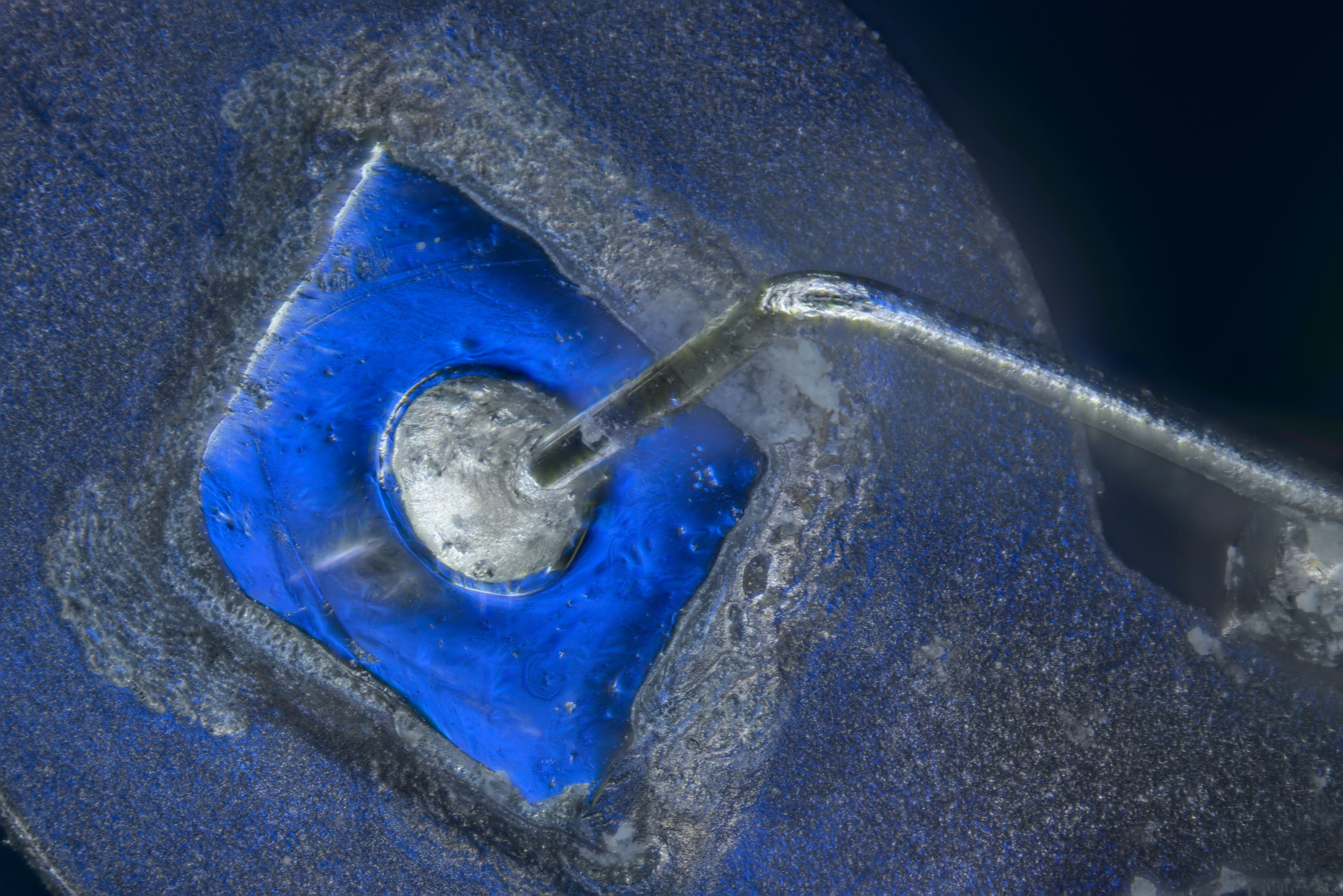|
Junction Transistor (other) (junction field-effect transistor)
{{disambig ...
Junction transistor usually means bipolar junction transistor. It may also refer to: * Grown-junction transistor * Alloy-junction transistor * Unijunction transistor * JFET The junction-gate field-effect transistor (JFET) is one of the simplest types of field-effect transistor. JFETs are three-terminal semiconductor devices that can be used as electronically controlled switches or resistors, or to build amplifier ... [...More Info...] [...Related Items...] OR: [Wikipedia] [Google] [Baidu] |
Bipolar Junction Transistor
A bipolar junction transistor (BJT) is a type of transistor that uses both electrons and electron holes as charge carriers. In contrast, a unipolar transistor, such as a field-effect transistor, uses only one kind of charge carrier. A bipolar transistor allows a small current injected at one of its terminals to control a much larger current flowing between the terminals, making the device capable of amplification or switching. BJTs use two p–n junctions between two semiconductor types, n-type and p-type, which are regions in a single crystal of material. The junctions can be made in several different ways, such as changing the doping of the semiconductor material as it is grown, by depositing metal pellets to form alloy junctions, or by such methods as diffusion of n-type and p-type doping substances into the crystal. The superior predictability and performance of junction transistors quickly displaced the original point-contact transistor. Diffused transistors, along wi ... [...More Info...] [...Related Items...] OR: [Wikipedia] [Google] [Baidu] |
Grown-junction Transistor
The grown-junction transistor was the first type of bipolar ''junction'' transistor made. It was invented by William Shockley at Bell Labs on June 23, 1948 (patent filed June 26, 1948), six months after the first bipolar point-contact transistor. The first germanium prototypes were made in 1949. Bell Labs announced Shockley’s grown-junction transistor on July 4, 1951. An NPN grown-junction transistor is made of a single crystal of semiconductor material which has two PN junctions grown into it. During the growth process, a seed crystal is slowly pulled from a bath of molten semiconductor, which then grows into a rod-shaped crystal ( boule). The molten semiconductor is doped N-type at the start. At a predetermined moment in the growth process a small pellet of a P-type dopant is added, almost immediately followed by a somewhat larger pellet of an N-type dopant. These dopants dissolve in the molten semiconductor changing the type of semiconductor subsequently grown. The resulti ... [...More Info...] [...Related Items...] OR: [Wikipedia] [Google] [Baidu] |
Alloy-junction Transistor
The germanium alloy-junction transistor, or alloy transistor, was an early type of bipolar junction transistor, developed at General Electric and RCA in 1951 as an improvement over the earlier grown-junction transistor. The usual construction of an alloy-junction transistor is a germanium crystal forming the base, with emitter and collector alloy beads fused on opposite sides. Indium and antimony were commonly used to form the alloy junctions on a bar of N-type germanium. The collector junction pellet would be about 50 mils (thousandths of an inch) in diameter, and the emitter pellet about 20 mils. The base region would be on the order of 1 mil (0.001 inches, 25 μm) thick. There were several types of improved alloy-junction transistors developed over the years that they were manufactured. All types of alloy-junction transistors became obsolete in the early 1960s, with the introduction of the planar transistor which could be mass-produced easily while alloy-junction transistor ... [...More Info...] [...Related Items...] OR: [Wikipedia] [Google] [Baidu] |
Unijunction Transistor
A unijunction transistor (UJT) is a three-lead electronic semiconductor device with only one junction that acts exclusively as an electrically controlled switch. The UJT is not used as a linear amplifier. It is used in free-running oscillators, synchronized or triggered oscillators, and pulse generation circuits at low to moderate frequencies (hundreds of kilohertz). It is widely used in the triggering circuits for silicon controlled rectifiers. In the 1960s, the low cost per unit, combined with its unique characteristic, warranted its use in a wide variety of applications like oscillators, pulse generators, saw-tooth generators, triggering circuits, phase control, timing circuits, and voltage- or current-regulated supplies.J. F. Cleary (ed.), ''General Electric Transistor Manual'', General Electric, 1964 Chapter 13 "Unijunction Transistor Circuits" The original unijunction transistor types are now considered obsolete, but a later multi-layer device, the programmable unijunction tra ... [...More Info...] [...Related Items...] OR: [Wikipedia] [Google] [Baidu] |

